We are going to look at a comparative analysis here to understand exactly how these fatty acids act in the DOG’S body and weigh the pros and cons of all options.
Types of Omega Fatty acids – Essential Fatty acids: there are 3. Omega 3, Omega 6, Omega 9.
Here we will be looking into Omega 3 & 6.
Omega 6 –
Omega 6 is an essential fatty acid, this means that our body needs to consume it via food sources and the body does not make this on its own. This type of fatty acid is called PUFA (polyunsaturated fatty acids) Being essential also means that the dog’s body requires it for several important functions to be carried out.
It stimulates skin and hair growth, bone development, proper functioning of the reproductive system, lowering of LDL (bad cholesterol) and increasing of HDL (good cholesterol), it helps regulate metabolism.
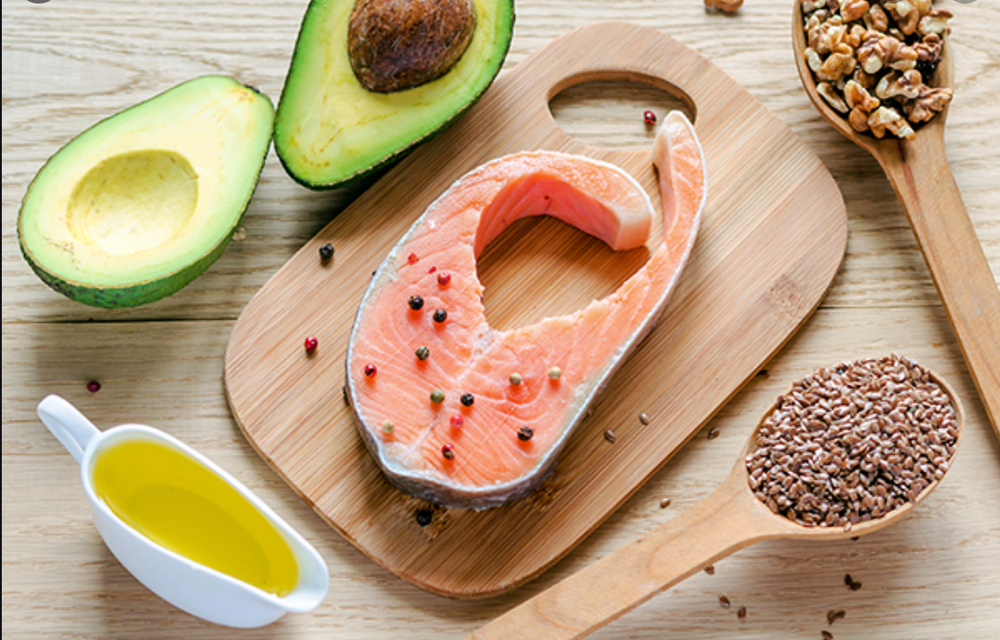
Omega 6 types of fatty acids are used to create Proinflammatory eicosanoids which are important chemicals in the immune system. However, when too many of them are produced, they can increase inflammation and inflammatory diseases.
In light of this, the problem with Omega 6 is that our dogs already consume a very large amount of this fat in their diet naturally. As the various types of Omegas are present in food sources in different ratios, but are typically higher in Omega 6.
For eg. Chicken, Meat, Dairy, tofu, Sunflower oil, Corn are pretty high in Omega 6. Their 6:3 oil rations lean heavily in favor of Omega 6. Just to put it into perspective – chicken has a whooping 28 units of Omega 6 for every 1 unit of Omega 3!!
So dogs on a Kibble diet / Chicken diet / Grain-fed meat diet – should avoid any supplementation of this fatty acid. They really do not need any more of it.
Omega 3 –
There are types of Omega 3 fatty acids that most people are not aware of, and humans as well as dogs need these and process these Omega 3’s differently. Plenty of manufacturers will take advantage of the fact that as pet parents we don’t always know these details. In an effort to enable you to choose better products, here is a quick overview.
The 3 most common ones we will focus on today are:
Eicosapentaenoic acid (EPA): This 20-carbon fatty acid’s main function is to produce chemicals called eicosanoids, which help reduce inflammation.
Docosahexaenoic acid (DHA): A 22-carbon fatty acid, DHA makes up about 8% of brain weight and is extremely important for normal brain development and function.
Alpha-linolenic acid (ALA): This 18-carbon fatty acid can be converted into EPA and DHA, although the process is not very efficient in humans, and this ability is almost NON-EXISTENT in dogs. ALA is mainly used by the body for energy and not for anti-inflammatory action by dogs. This is important when we discuss various sources of Omega 3 later.
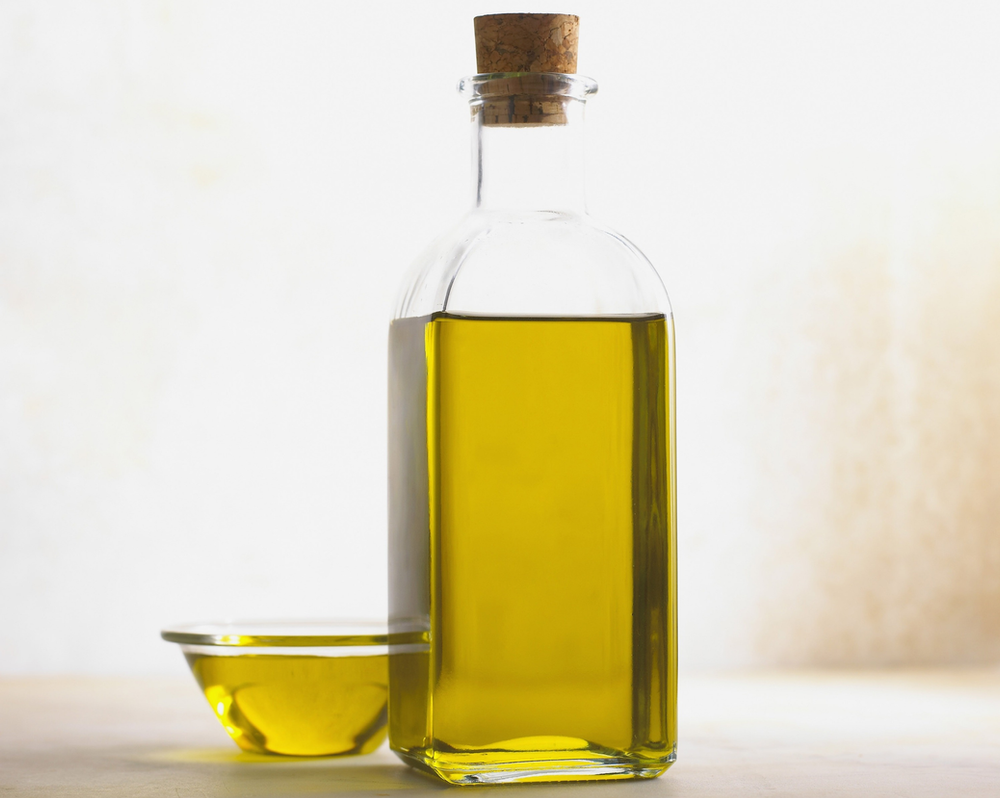
These are some of the benefits of having good quality cold-pressed Omega 3 in your dog’s diet.
- Improving heart health
- Supporting mental health
- Reducing weight
- Decreasing liver fat
- Supporting puppy brain development
- Fighting inflammation
- Preventing dementia in later years
- Promoting bone health
- Preventing respiratory conditions
The reason for this explanation is that you really need to know what these fatty acids do and what they are good for. Omega 6 is very important for the body, as the name suggests – It’s essential! However, the problem is that your dog already gets so much of it, that when combined with the environmental factors of inflammation, nutritional contaminants, pollution and lifestyle contributors, the “PROINFLAMMATORY” is abundant in their bodies.
This leads to the danger of a serious system-wide inflammatory response. So when your dog is recommended an Omega 3 supplement, it is imperative that the products/ingredients you choose are not high on Omega 6 in order to get a small amount of Omega 3.
Omega 6 and Omega 3 work in tandem with each other to build and support the immune system, cell regeneration and regulate hormones that have different functions. And this works well only provided the balance between these two is maintained. Since we have an excess of Omega 6 in the body at any given time, Omega 3 supplementation becomes very important.
As we have seen, you really do not want to supplement further with Omega 6 at all. What you want to do is select a product/ingredient that gives you isolated Omega 3 in the EPA and DHA forms only. Or at least a very high ratio of Omega 3:6
The sources of Omega 3 and how they compare:
Fish
Feeding fresh fish in the diet is an excellent source of protein, minerals, and essential fatty acids. It is important to choose fish that are fresh, sea caught, and the ones that feed on phytoplanktons instead of other fish. This reduces the heavy metal contamination. Fish such as Mackerel (small ones NOT king Mackerel) Anchovies and Sardines. The Omega 6:3 ratio is fish is 1.3:1, so this is a good Omega 3 source.
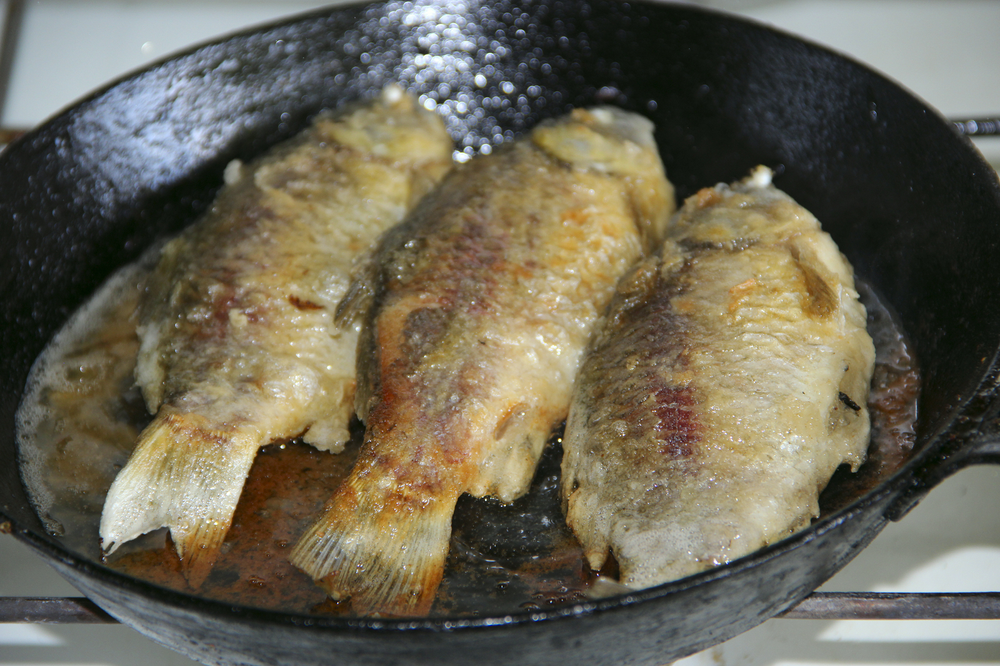
Salmon / Krill oil
Salmon or Krill oils have a few issues with it. The biggest being that the source of the fish is almost never listed on the product. It could be farmed fish. It could be fished in contaminated waters, thereby making the fish contaminated.
The second problem with this is environmental factors. These fish are being heavily harvested from the oceans and their numbers are depleting quickly. This is not sustainable and the increased demand for them might make them go extinct in a few decades.
The third problem with these is that the best quality (cold pressed and minimally processed) is typically reserved for premium high priced human products. Then the mid-grade is used for the more economical human products.
And finally, the lowest grades are used in pet products. This may not do your dog any good at all. Omega fats are also highly oxidative oils. This means that exposure to air (oxygen) makes them go rancid very quickly.
So if you must use these, buy a premium grade human product, responsibly sourced, heavy metals & mercury-free Omega 3 capsules. So that the oil is protected from oxygen even when the bottle is opened.
Squid oil
Turns out that the squid population has been on the rise since the 1950s, partly because of the depleting populations of the fish that eat them. Calamari is a great source of EPA and DHA. It seems to be a sustainable source.
Unfortunately, it is not easily available in India today and nor is it cheap. However, Dr Peter Dobias who has spent time and effort in researching this source has a product available on his site, ships to India. If you have friends coming and going from Canada, you could ask them to bring it for you. Or you can place an order om their site directly.

I have ordered from here for Kira in the past, and I have also had friends bring 3 bottles for me when they traveled. So I know it’s possible.
Just so you know, I have no affiliation with Dr Dobias and I get nothing if you decide to buy from them.
To read more about this please visit this link – https://peterdobias.com/products/feelgood-omega
Hemp seed oil
I have covered Hemp seed oil as a superfood on its own in Part 1 of this blog. There are several health benefits to having hempseed as part of your dog’s diet as already covered there.
However, as a source of Omega 3, I wanted to have hempseed as a part of this list to clarify a few points. Although hemp seeds do have Omega 3 in them, it is mostly the ALA kind. The kind that needs converting into EPA and DHA. and dogs do not have the ability to do so very effectively.
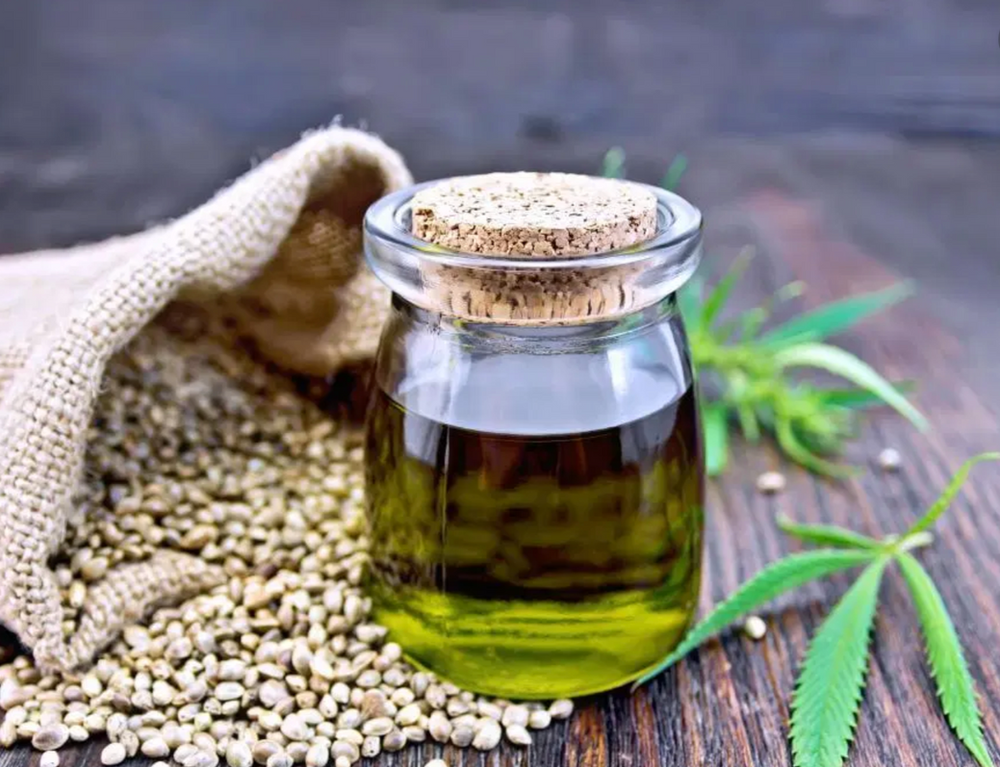
So if you choose to add hemp seed oil in, please do so for all the other benefits that come with the cold-pressed oil, and not for the Omega 3.
Flaxseed oil
Humans have been eating flax for thousands of years. Ayurveda remains one of the most ancient and yet alive traditions practiced widely in India. Flaxseed oil is believed to bring mental and physical endurance by fighting fatigue and controlling the aging process.
But what happens when all that is true for humans is taken and applied to dogs?
Well, we miss out on some very important factors.
Flaxseed oil has phytic acid, this inhibits the dog’s body from being able to absorb some minerals such as zinc (important for sleep regulation), Copper (several important functions including the absorption of iron) and Iron. So some of the minerals will need to be carefully balanced if you choose to feed flaxseed oils for its other health benefits.
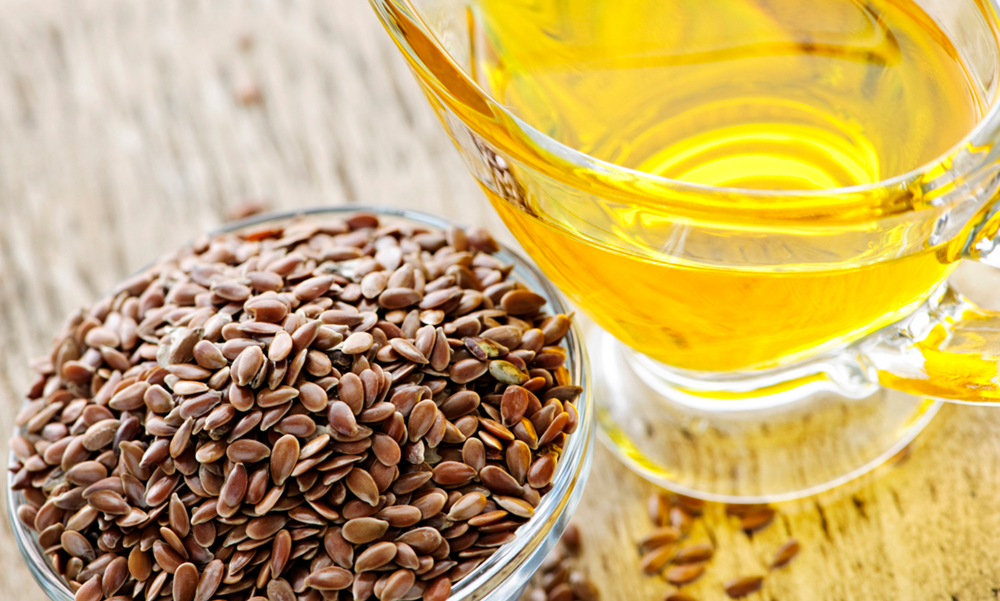
Secondly, the Omega 3 in most plant oils are ALA’s. The type that needs converting into EPA and DHA. So it won’t serve the purpose of supplementing for the right kind of Omega 3.
However, Flax oil cold-pressed can be used in small quantities for some of the other benefits that it may give your dog.
DO NOT use flaxseed oil for – Puppies under 6 months, Pregnant dogs, Lactating dogs, Bleeding disorders, pre and post-surgery.
Phytoplankton
Phytoplankton is the food of the sea world. Many small fish eat this as food, and since it is high in omega 3, the fish are high in omega 3. It is also very rich in minerals, however, the source of your product needs to be checked thoroughly. It can be grown in filtered water, so there are clean sources available.
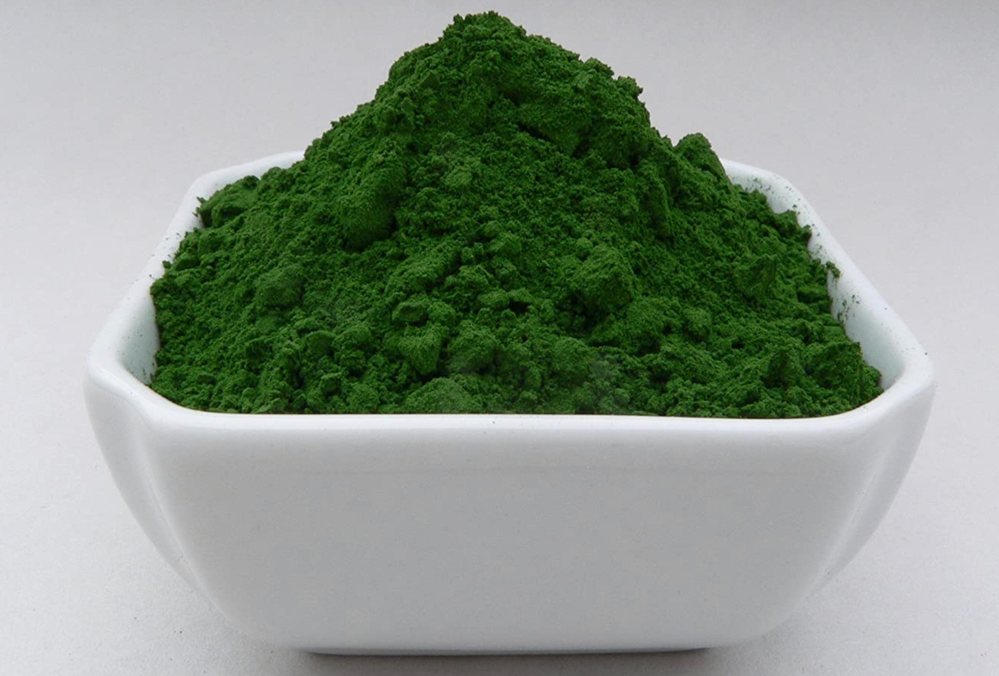
This is yet another product that is not easily available in India yet. Perhaps because there isn’t a high demand for it due to lack of awareness. I am sure as a sustainable, renewable source, it will become more popular in the coming years.
Similar to Dr Peter Dobias squid oil, if you have friends coming in from the US or Europe, you could ask them to bring some for you.
Recommended quantities will be specified by the manufacturer.
Conclusion:
We have looked at all the possible sources of Omega 3, namely EPA and DHA. Which ones might be helpful, and which not so much. I know many people that are feeding some of the plant-based oils to their dogs thinking that it is an adequate source of essential fatty acids. And it is. Just perhaps not the fatty acids you need to be feeding.
What about the dogs that are allergic to fish, or Fish products. For you, it might be worth trying to get your hands on the Squid oils from Canada or the Phytoplankton. Both of these options are more sustainable and environmentally friendlier than fish anyway.
Those of you who can’t manage to get these products, and if your dog doesn’t like fish, as a matter of choice, I’d suggest trying fish periodically anyway. Both Barfi and Mimi refused fish last year. And so I never tried again. But suddenly one day they stole some fish from the Doggiliciouus Kitchen. Now they willingly eat fish 3-4 times a week. They have their choices about which fish and also their moods. On occasion they still refuse it, and that’s ok. I personally like it when they have opinions about the food I offer them! It tells me a great deal about what is going on in their bodies and what they need from their nutrition.
If your dog has refused a particular food item at one time doesn’t mean they will not want to eat it at another time. So do try the variety. And with Fish, I’d suggest trying different types of fish, you never know. To give an example of my dogs, Barfi likes Mackeral and Salmon. Mimi likes Mackarel and Anchovies. Both dislike Sardines. But I will be trying sardines from time to time with them to see if they have changed their minds.
See, the great thing about feeding your dog human-grade food is that, if they don’t eat it, somebody does! Trials never end up in food wastage.
Let us know what u choose, what your experience is and if you have any questions.
